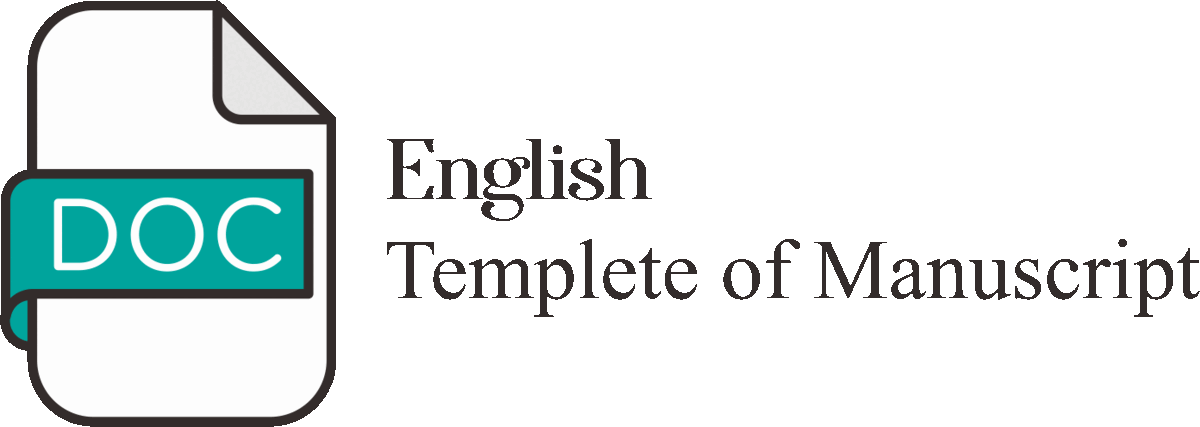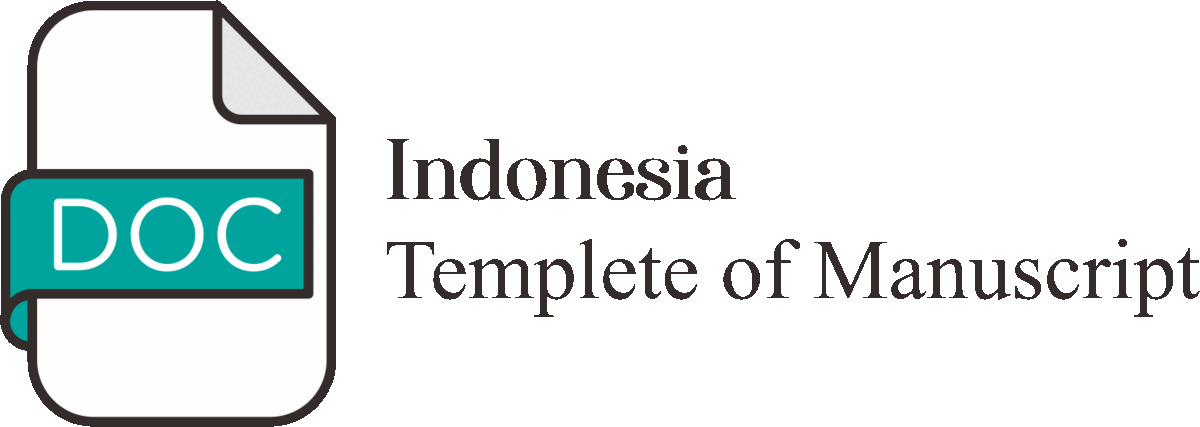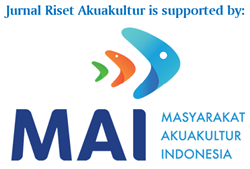ANALISA STRUKTUR KOMUNITAS FITOPLANKTON DAN POTENSI PENGGUNAANNYA SEBAGAI BIOINDIKATOR LIMBAH ORGANIK DI TELUK LABUANGE, SULAWESI SELATAN
Abstract
Komunitas fitoplankton di perairan Teluk Labuange semakin dipengaruhi oleh limbah organik yang berasal dari tambak udang superintensif dan kegiatan antropogenik lainnya di sepanjang garis pantai. Akibatnya, struktur komunitas plankton di teluk tersebut telah mengalami perubahan besar yang dapat digunakan sebagai bio-indikator pencemaran limbah organik. Tujuan dari penelitian ini adalah untuk menentukan struktur komunitas plankton di perairan Teluk Labuange dan potensi penggunaannya sebagai bio-indikator pencemaran limbah organik. Survei lapangan dilakukan di enam stasiun pengambilan sampel yang didistribusikan di dalam teluk untuk mengumpulkan sampel air, untuk analisis fitoplankton. Ada 12 titik pengambilan sampel di setiap stasiun dari total 72 sampel air dikumpulkan. Jenis-jenis bioindikator yang diidentifikasi kemudian dianalisis menggunakan CCA (Canonical Correlation Analysis) yang tersedia dalam perangkat lunak PAST (Statistik Paleontologis) untuk menghitung kekuatan hubungan antara kualitas air (amonia, nitrat, fosfat, BOT, dan COD) dan indikator fitoplankton. Data kelimpahan spesies dan fitoplankton dianalisis secara statistik menggunakan ANOVA untuk menentukan perbedaan jenis dan kelimpahan fitoplankton di setiap stasiun. Studi ini telah mengidentifikasi 48 spesies fitoplankton, di mana 18 spesies fitoplankton diidentifikasi sebagai berpotensi HAB,s (plankton berbahaya). Dari 18 spesies plankton, enam spesies dapat diklasifikasikan sebagai plankton bioindikator limbah organik, yaitu Ceratium triops, Ceratium trichoceros, Lyngbya sp, Navicula pupula, Dinophysis caudata, dan Dinophysis sp. Kehadiran enam jenis fitoplankton secara langsung berkaitan dengan tingginya konsentrasi amonia, nitrat, fosfat, BOT, dan COD di perairan. Indeks keanekaragaman fitoplankton yang dihitung dari penelitian ini menunjukkan bahwa Teluk Labuange diklasifikasikan sebagai perairan yang sangat tercemar. Oleh karena itu, upaya untuk mengurangi pasokan limbah organik kedalam teluk sangat penting dilakukan untuk memastikan keberlanjutan akuakultur pantai di Teluk Labuange, seperti instalasi pengolahan limbah di tambak udang superintensif atau pengelolaan limbah yang efektif di daerah pemukiman pesisir.
Phytoplankton communities in the waters of Labuange Bay have been increasingly affected by organic waste released by superintensive shrimp farms and other anthropogenic activities along the coastline. As a result, the plankton community structure of the bay might have undergone a substantial change which could be used as a bio-indicator of organic waste pollution. The objective of this study was to determine the structure of the plankton community in the waters of Labuange Bay and assess its potential use as a bio-indicator of organic waste pollution. Field surveys were conducted in six sampling stations distributed within the bay to collect water samples for phytoplankton analysis. There were 12 sampling points in each station from which a total of 72 water samples were collected. The types of bio-indicators identified were analyzed using canonical correlation analysis (CCA) available in the paleontological statistics (PAST) software to calculate the strength of the relationship between water quality (ammonia, nitrate, phosphate, BOT, and COD) and phytoplankton indicators. Data on species and phytoplankton abundance were statistically analyzed using ANOVA to determine the differences in the type and abundance of phytoplankton in each station. This study had identified 48 phytoplankton species, of which 18 species of phytoplankton were identified as potentially HABs plankton (harmful algae blooms). From the 18 plankton species, six species could be classified as organic bio-indicator planktons, namely Ceratium triops, Ceratium trichoceros, Lyngbya sp., Navicula pupula, Dinophysis caudata, and Dinophysis sp. The presence of the six types of phytoplankton was directly related to the high concentration of ammonia, nitrate, phosphate, BOT, and COD in the waters. The calculated phytoplankton diversity index from this research indicated that Labuange Bay was classified as heavily polluted waters. Therefore, efforts to reduce organic waste loading in the bay are critical to ensure the sustainability of coastal aquaculture in Labuange Bay, such as waste treatment plants in superintensive shrimp farms or effective waste management in the coastal settlement areas.
Keywords
Full Text:
PDFDOI: http://dx.doi.org/10.15578/jra.15.2.2020.129-139

Jurnal Riset Akuakultur is licensed under a Creative Commons Attribution-ShareAlike 4.0 International License.

















